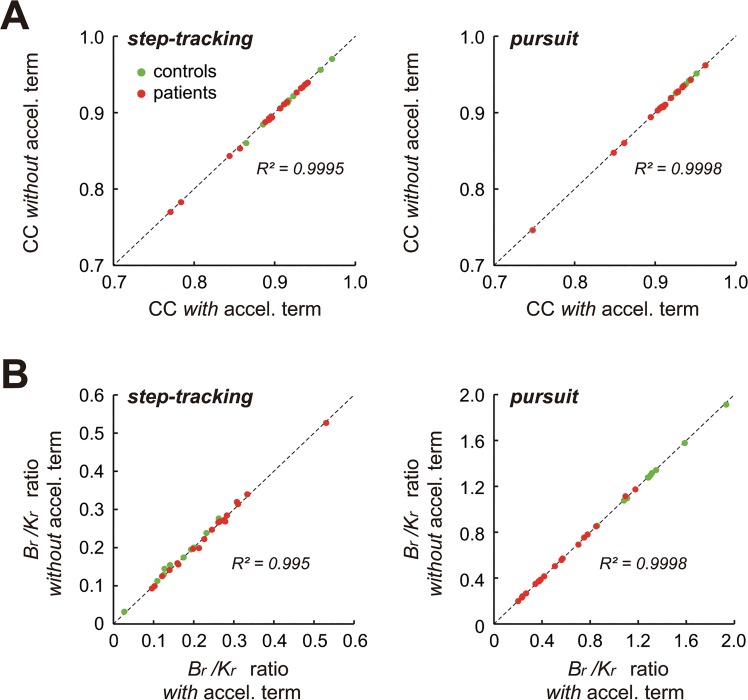Fig 8. Negligible contribution of the acceleration term in the wrist joint model (1) for the two tasks.
(A) CC’s for both the step-tracking task and the pursuit task were almost identical regardless of with or without the acceleration term in the wrist joint model (1) for both controls (green dots) and patients (red dots). Note the high values of R 2 between the CC’s with and without the acceleration term. (B) B r /K r ratios for both the step-tracking task and the pursuit task were almost identical regardless of with or without the acceleration term in the wrist joint model (1) for both controls (green dots) and patients (red dots). Note the high values of R 2. Also note that the average ratio of M r and K r (M r/K r) obtained with CCA for the controls and the patients (n = 29) was 0.0048 ± 0.0036 (range: 0.0019–0.0189) for the step-tracking task, and 0.012 ± 0.0088 (range: 0.0032–0.0345) for the pursuit task, explaining why the acceleration term is negligible in the regression.

